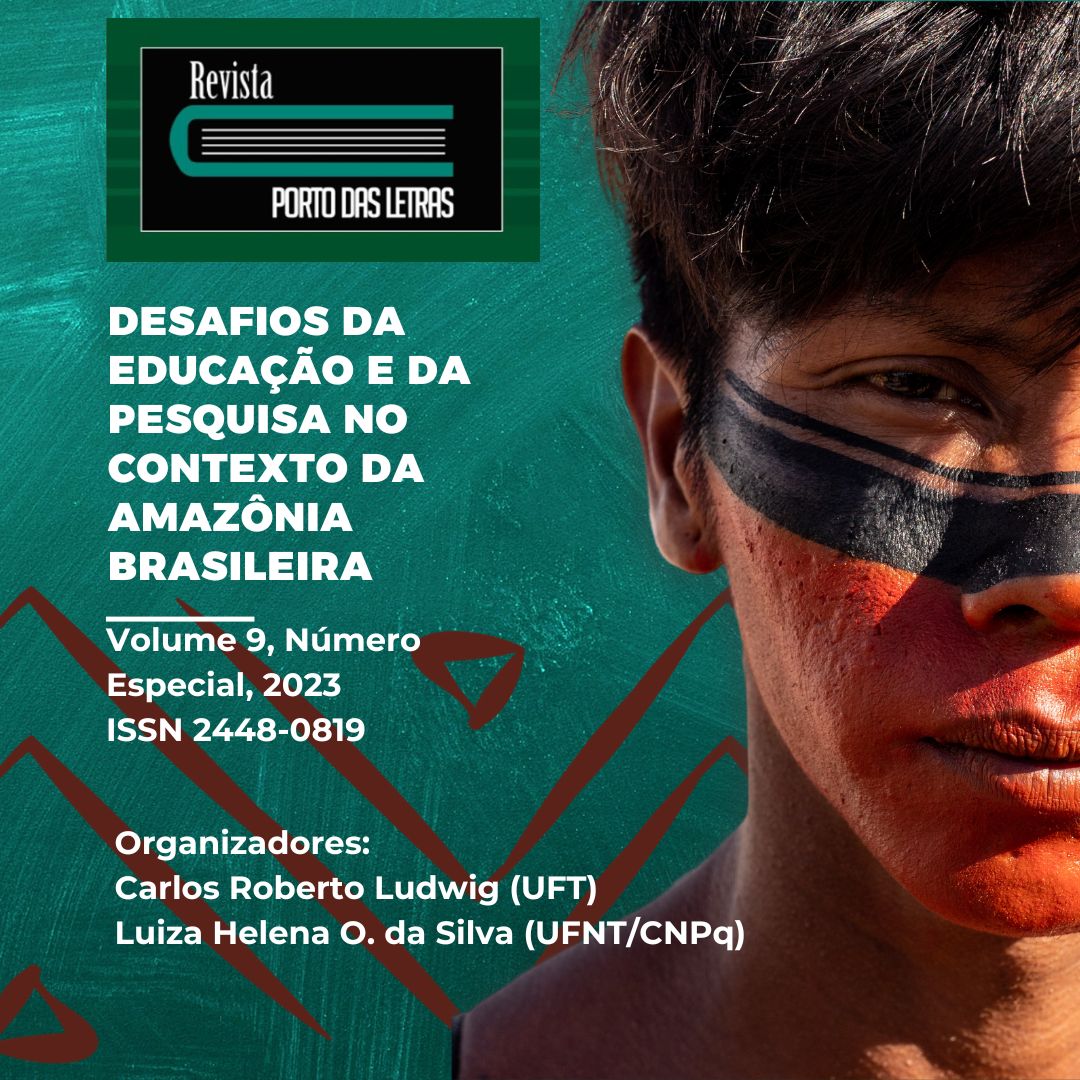Service Encounters Genre as a Tool in English Language Teaching (ELT)
Abstract
Exchanges in Service Encounters usually relate to the negotiation of goods such as food, clothing, information, and other services. The social purpose of this oral genre is the solicitation and provision of goods or services, involving at least two interactants who engage in a dialogue. To engage in Service Encounters dialogue requires some knowledge of the general field of buying and selling in which the interactants are involved. Using this genre as a tool to teach English, therefore, can provide students with ways to acquire the English language in a contextualized and real way. The objectives of this paper are (i) to raise awareness of how texts of the Service Encounters genre is structured to achieve an effective communicative purpose and (ii) to demonstrate some of the key factors that affect the language used in its field. From these objectives, we indicate how the genre Service Encounters is usually presented in English language coursebooks and we discuss how the teaching of this genre can be done using the Teaching and Learning Cycle (TLC) used in Sydney School genre-based Pedagogy.
References
BOCCIA, C. et al. Working with texts in the EFL Classroom. Mendoza: Editorial de la Universidad Nacional de Cuyo, EDIUNG, 2013.
CHRISTIE, F. Literacy in Australia. In: W. GRABE, et al. (Eds.). Annual Review of Applied Linguistics and Literacy. New York: Cambridge University Press, 1992.
COPE, B.; KALANTZIS, M. Introduction: how a genre approach to literacy can transform the way writing is taught. In: COPE, B.; KALANTZIS, M. (Eds.). The Power of Literacy: A genre approach to teaching writing. London: Falmer Press, 1993.
EGGINS, S. An introduction to Systemic Functional Linguistics. 2 ed. New York: Continuum, 2004.
GILMORE, A. A Comparison of Textbooks and Authentic Interactions. ELT Journal. v. 58, n. 4, p. 363-374. Oxford: University Press, 2004.
GOUVEIA, C. A. M. Texto e Gramática: uma introdução à Linguística Sistêmico-Funcional. Matraga, v.16, n. 24, p.13-47, jan-jun, 2009.
GOUVEIA, C. A. M. Compreensão Leitora como Base Instrumental do Ensino da Produção Escrita. In: SILVA, W. R.; SANTOS, J. S. dos; MELO, M. A. de. Pesquisas em Lingua(gem) e Demandas do Ensino Básico. Campinas, SP: Pontes, 2014, p. 203-231.
HALLIDAY, M. A. K. Complementaries in Language (Halliday Centre Series in Appliable Linguistics.) Beijing: The Commercial Press, 2008.
HALLIDAY, M. A. K.; HASAN, R. Retrospective on SFL and Literacy. In: WHITTAKER, R.; O’DONNELL, M.; McCABE, A. (Eds.). Language and Literacy: functional approaches. London: Continuum, 2006, p. 15-44.
HALLIDAY, M. A. K.; HASAN, R. Language, Context, and Text: aspects of language in a social-semiotic perspective. 2 ed. Oxford: Oxford University Press, 1989.
HALLIDAY, M. A. K.; MATTHIESSEN, C. M. I. M. Halliday´s Introduction to Functional Grammar. 4 ed. London: Routledge, 2014.
MARTIN, J. R. Design and Practice: enacting Functional Linguistics. Annual Review of Applied Linguistics, USA: Cambridge University Press, n. 20, p. 116-126, 2000.
MARTIN, J. R. Mentoring Semogenesis: “genre-based” literacy pedagogy. In: CHRISTIE, F. (Ed.) Pedagogy and the Shaping of Consciousness: linguistic and social processes. London: Continuum, 1999, p. 123-155.
MARTIN, J. R. Issues in Teaching and Learning. New York: Cambridge University Press, 1993.
MOTTA-ROTH, D. Questões de Metodologia em Análise de Gêneros. In: KARWOSKI, A. M.; GAYDECZKA, B.; BRITO, K. S. (Orgs.). Gêneros Textuais: reflexões e ensino. São Paulo: Parábola, 2011, p. 154-173.
ROSE, D.; MARTIN, J. R. Reading to Learn Learning to Write: accelerating learning and closing the gap. Teacher Training Books and DVD. Sydney: UTS, 2012. Disponível em: < http://www.readingtolearn.com.au >. Acesso em: ago 2023.
ROTHERY, J. Making Changes: developing an educational linguistics. In: HASAN, R.; WILLIAMS, G. (Eds.). Literacy in Society. London: Longman, 1996, p. 86-123.
ROTHERY, J. Learning about Language. In: HASAN, R.; MARTIN, J. R. (Eds.). Language Development: learning language, learning culture. Norwood, NJ: Ablex, 1989, p. 199-256.
SANTORUM, K. O efeito tridimensional obtido com o ciclo reading to learn - a apropriação de uma metalinguagem pedagógica: emoldurado pela Linguística Sistêmico-Funcional. Tese (doutorado). Programa de Pós-Graduação em Letras, UFRGS, 2019, 238p.
SILVA, W. R.; ESPINDOLA, Elaine. Professor da escola básica representado na escrita reflexiva acadêmica do aluno-mestre. Alfa: Revista de Linguística (UNESP Online), v. 60, p. 147-173, 2016.
THOMPSON, G. Introducing Functional Grammar. 3 ed. London: Routledge, 2014.
THORNBURY, S.; SLADE, D. Conversation: from description to pedagogy. Cambridge: CUP, 2006.
VENTOLA, E. The Structure of Social Interaction: a systemic approach to the semiotics of service encounter interaction. London: Pinter, 1987.
VIAN JR., O. Estruturas Potenciais de Gêneros na Análise Textual e no Ensino de Línguas. Linguagem em (Dis)curso. v. 9, n. 2, p. 387-410, 2009. Disponível em: https://www.scielo.br/j/ld/a/8Jm6W9df6H3tkMdqMyhgcty/?lang=pt# Acesso em: ago 2023.
Downloads
Published
How to Cite
Issue
Section
License
Os autores concordam com os termos da Declaração de Direito Autoral, que se aplicará a esta submissão caso seja publicada nesta revista (comentários ao editor podem ser incluídos a seguir).

